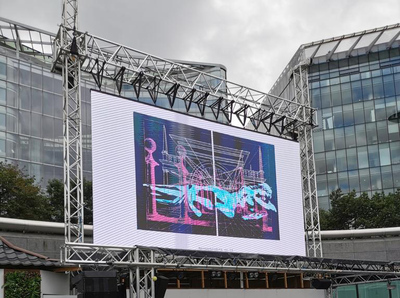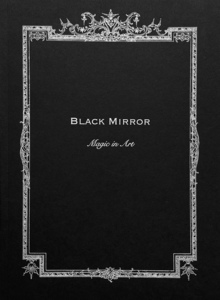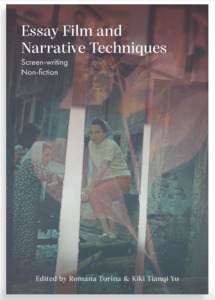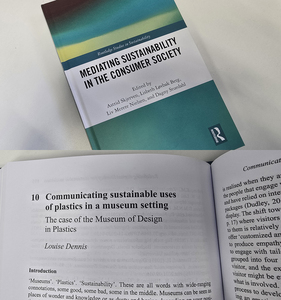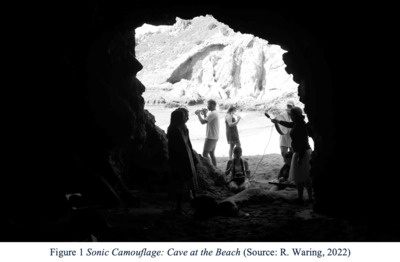This paper addresses the contemporary and simultaneous rise of glitch art alongside the contemporary turn to craft within the illustrative field. Starting from an analysis of Menkman's 2011 The Glitch Moment(um), it seeks to understand the use of glitches and errors within the illustrators visual vocabulary, through aesthetic and symbolic interpretation of the glitch moment. Drawing upon the concept of the 'glitch-like' as a frequent description of the illustrator's relationship to the error, it argues that the professional illustrator is frequently constrained in their use of pure glitches within their working process due to a number of factors; and instead utilises the error initially through experimental appropriation, and then through normalisation and finally incorporation into the toolbox of the artist. However the paper also recognises the increasing prevalence and (literal) encoding of glitch-like readymades within modern software and associated artistic tools.
The paper proposes that the digital glitch in contemporary illustration exists as an attempt to encode and render the materiality of the digital process and digital product visible, in much the same way that the rise of traditional craft and imperfection in other areas of illustration practice seek to make visible evidence of the artist's hand and the materiality of working processes. The paper seeks to address the inherent contradiction that exists between the notion of craftsmanship and error, and suggests that disruption of the flow of work offers a valuable intervention that enables us to evaluate and re-interpret practices, both as maker, and reader of visual texts.
 |



 Lists
Lists Lists
Lists

